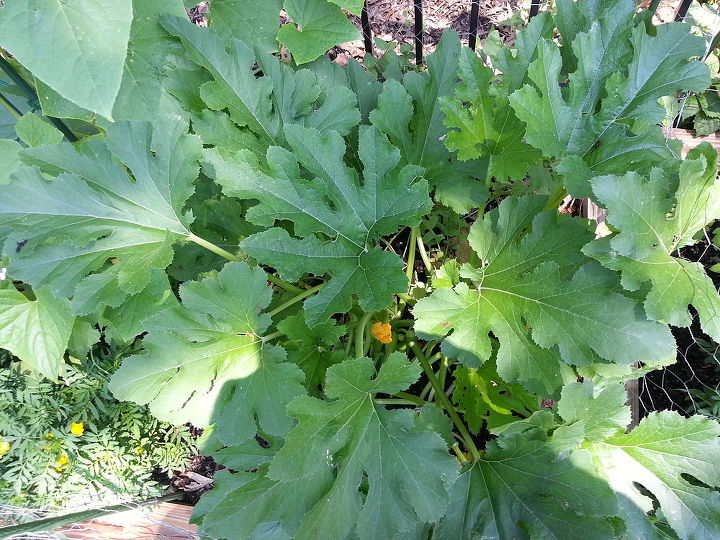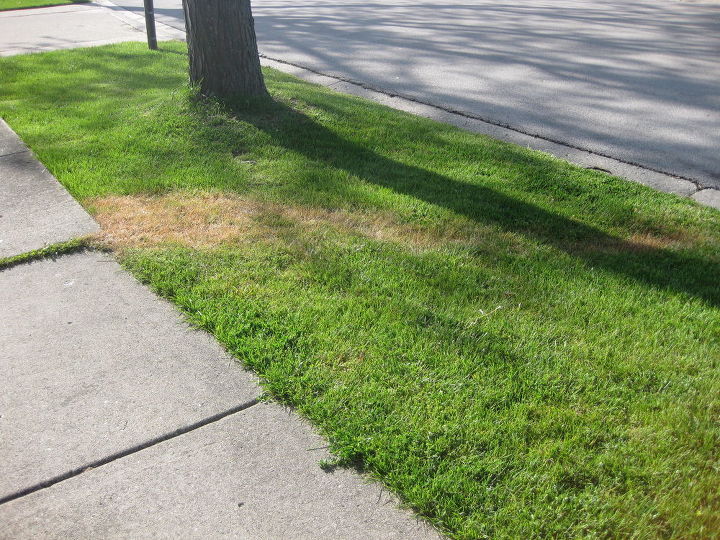Native Orchid dormancy , pink lady slippers and fringed orchids

Related Discussions
GNATS - How to get rid of them?
Somehow my house and garden got tiny gnats that killed my fuchsia plant and fly everywhere. I have tried ALL the Web recommendations - soap and oil dishes, sand in th... See more
Marigolds growing! Should I pinch the buds?
My marigold plants are growing. I heard that pinching the buds until Autumn will allow them to grow without killing the plant. Is this true?
Growing garlic
Growing our first garlic, should we wait until the leaves are drying out before we pick it? Husband picked first one today along with our first potatoes.
How to keep mice out of your garden?
Hi everyone, I have mice in my garden destroying my vegetables and I have also noticed them in the barn and shed. Please can someone tell me how to prevent them from ... See more
What's the best flower/plant to grow in Texas?
I know that opinions vary, but what's your opinion?!I have great luck w Rosemary plants. Green all year long.
Squash Plants Large and Healthy and no Squash Growing?
2nd Season in a ROW! Squash plants growing large and healthy leaves and the stems near the roots are looking healthy and turning dark green, getting flowers that grow... See more
Trail of dead grass mystery?
Trail of dead grass appeared two weeks ago that starts in neighbor's yard and goes to the sidewalk, then continues past the sidewalk in a line into the grass into my ... See more






Perhaps the soil somehow changed to be unfriendly to your lady slippers? I wish I could have them, but it is the MN state flower and you can be arrested if caught removing one from the wild! I love lady slippers. My Mom had a pink one, but didn't take it with her when they built a new house. Needless to say I was upset about that. She had it for years.
Here are 3 things that may be the cause of the reduction / disappearance of the flower.
#1 Pink Lady Slippers cannot grow without the Rhizoctonia fungus.
#2 They are also dependent on bumble bees to help them with pollination. AND #3 According the "THE MEDICINAL PLANT FACT SHEET" (the link to which has been posted below) : "It has been noted that the rhizomes of some terrestrial orchids, including Cypripedium, may not produce above-ground organs (leaves, stems and flowers) every year and can enter an underground mycotrophic state known as “dormancy” (Primack & Stacy 1998, Shefferson et al. 2005). A variety of causes have been proposed in the induction of dormancy—stress of flowering, fruiting, damage from herbivores or mechanical damage to the plant—but there are contradictions in studies (Shefferson & Simms 2007). " It has been noted that the rhizomes of some terrestrial orchids, including Cypripedium, may not produce above-ground organs (leaves, stems and flowers) every year and can enter an underground mycotrophic state known as “dormancy” (Primack & Stacy 1998, Shefferson et al. 2005). A variety of causes have been proposed in the induction of dormancy—stress of flowering, fruiting, damage from herbivores or mechanical damage to the plant—but there are contradictions in studies (Shefferson & Simms 2007). y
Perhaps this link will supply you also with enough information to help you tease out the reason for the behaviour of the green fringe orchid.
http://www.pollinator.org/Resources/Cypripedium.draft.pdf
A few. Years a go i was racking up pine straw in a near by woods and spotted some orchid s I tried to dig one up carry it home and planted it in a shady area put straw around it , did good bet never came back. I live in N C
Individual orchids may live for many years, quite often having germinated and started life in conditions far different from those we later find them in. A dappled forest glade, dotted with lady's slippers, may have been burned, blackened earth 30 years before. At some point in forest succession the orchids moved in to colonize the site, or survived the fire below ground. They flourish now, but in another decade or two, the forest canopy will shut out the life-giving sun, and the orchids will disappear; only to return again after fire sweeps the land clean again. In the short span of human existence we tend to be witness to only one small part of nature's plan. We see one still frame of the full-length movie that is life on earth.
Not in Minnesota, since it is the state flower it is not legal to have them as they are not plentiful in the wild.
Wow, I alwaysthought orchids were a tropical plant. I have nothing to offer but good luck and thanks for the info. I wonder if they could survive in zone 5.
They do survive in zone 5 and to be more specific on Prince Edward Island (PEI) (Canada) where the pink lady slippers is our provincial flower. I am attaching a link which has interesting info about 3 types of lady slippers which can all be found on PEI and the conditions needed for each to grow.
http://macphailwoods.org/nature-guides/wildflowers/lady-slippers/